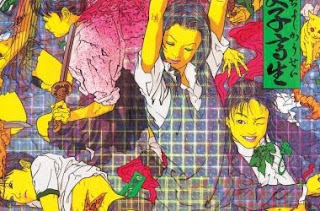Max Penson: Photography between Revolution and Tradition
 Max Penson: Photography between Revolution and Tradition at Nailya Alexander Gallery in New York. "...The best photojournalists from Moscow like Arkady Shaikhet, Max Alpert and Georgy Zelma traveled to Uzbekistan to cover the modernization effort: formation of collective farms, irrigation of arid lands for cotton growing, development of the paper industry and silk production, liberation of women, and the education of children. Penson recorded these historical changes alongside with other photographers and contributed regularly to TASS (Telegraph Agency of the Soviet Union).
Max Penson: Photography between Revolution and Tradition at Nailya Alexander Gallery in New York. "...The best photojournalists from Moscow like Arkady Shaikhet, Max Alpert and Georgy Zelma traveled to Uzbekistan to cover the modernization effort: formation of collective farms, irrigation of arid lands for cotton growing, development of the paper industry and silk production, liberation of women, and the education of children. Penson recorded these historical changes alongside with other photographers and contributed regularly to TASS (Telegraph Agency of the Soviet Union).Penson created a unique visual chronicle, an epic poem in photographic form of the radical transformation of life and colossal engineering projects in the region. His images show men digging vast irrigation canals, attending literacy classes, women rid off their traditional horsehair veils to wear contemporary clothes and pursuing new professions, as telephone operators or tractor drivers. In 1937 Penson was part of the World Fair in Paris, winning an award for his 'Uzbek Madonna,' a portrait of a young woman unveiled and publicly nursing her child. Penson’s photographs reflect both an awareness of the Modernist aesthetic used by European artists and an idealization of a new Soviet life."











